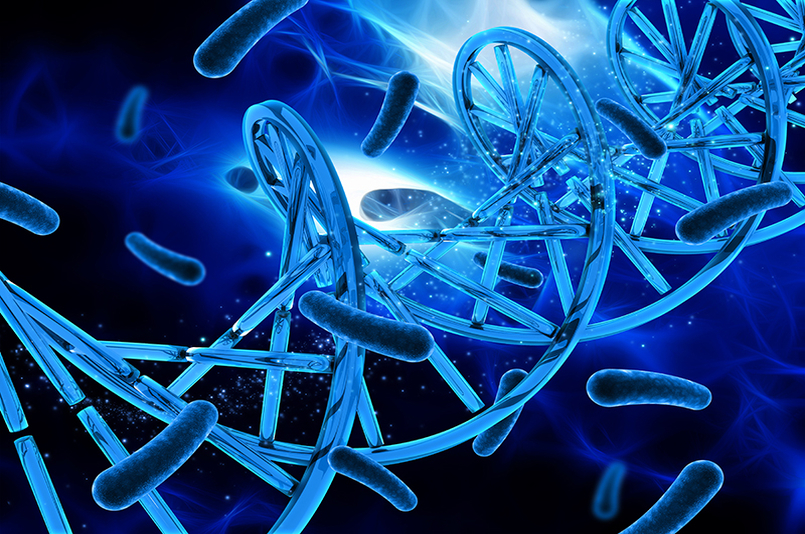Blood cancer itself is not a single disease but an umbrella term for several types of cancers. As the word suggests, it means cancers relating to the blood, any cancer that affects the production and function of blood is classified as a blood cancer. Blood cells are produced in the hollow of our bones in a soft gel like tissue called bone marrow. The formation development and differentiation of blood cells happens here due to a process known as hematopoiesis.


All blood cells are derived from primitive cells called stem cells and these are pluripotent in nature. In other words, they have the potential to develop into all types of blood cells. Stem cells differentiate into two different cell groups, the myeloids and the lymphoids. The lymphoid group differentiate further to form T cells and B cells whereas myeloid group differentiates further to form red blood cells, white blood cells and platelets.
Types of Blood cancer:
There are two types:
1. Leukemia:
Leukemia, generally used synonymously with blood cancer, is actually a subtype that affects the white blood cells in the body. Rapid growth of abnormal WBCs is noted, due to which the body’s ability to fight infections and diseases falters. The production of red blood cells and platelets is also impaired as the cancerous cells crowd the bone marrow.
2. Myeloma:
Myeloma is the cancer of plasma cells, derivatives of B lymphocytes that are responsible for producing antibodies in our body. Plasma cells divide rapidly in this type of cancer, crowding the bone marrow and inhibiting the production of normal cells. Also, the cancerous plasma cells continue to produce antibodies, only they are dysfunctional in nature and can harm the body instead of defending it.
Risk factors:
The risk factors are the conditions that suggest higher probabilities for a certain disease, in this case blood cancers. Presence of risk factors does not imply cancer but only indicates likelihood.
- Having a family history of blood cancer
- Genetic syndromes
- Exposure to some chemicals
- Exposure to some chemotherapy drugs
- Prior exposure to radiation
Symptoms:
- Fever and frequent infections
- Persistent fatigue and weakness
- Loss of appetite
- Weight loss
- Night sweats and chills
- Bone/joint pain
- Abdominal discomfort
- Headaches
- Shortness of breath and wheezing
- Itchy skin or rashes
- Swelling of lymph nodes in the neck, underarms or groin areas
Diagnosis:
The exact diagnosis depends on the symptoms and stage of the cancer but a few tests may be used as indicatives.
- Blood tests
- Bone marrow exam
- Imaging tests such as CT scan, PET scan or x-ray
- Lymph node biopsy
Treatment:
The treatment depends on the type and stage of the cancer, the common treatment options in case of blood cancers are as follows:
-
Chemotherapy:
This is one of the most reliable treatments for blood cancer, the chemotherapy drugs are injected intravenously or given orally. The drugs can thus reach all the cancer affected areas, which makes this an effective treatment for widespread cancers. On the other hand, chemotherapy has its side effects so doctors do not recommend a large dosage. It is used in combination with other treatment methods for that reason.
-
Radiation therapy:
Radiotherapy or radiation therapy uses high energy radiation to kill or damage cancerous cells and stops them from multiplying. It is a controlled exposure of the body to radiation. Cancerous cells are more susceptible to radiation than healthy cells, which are much better at recovering from radiation exposure. Also, focusing the radiation on a limited area decreases the potential side effects in the body.
-
Stem cell transplantation:
The replacement of unhealthy stem cells that develop into dysfunctional or cancerous cells by healthy stem cells is called stem cell transplantation. This is usually an option when the blood cells suffer from cancer. The dosage of chemotherapy or radiotherapy increases by performing a stem cell transplantation.
-
Blood targeted therapy:
Targeted therapy also involves use of drugs to kill cancer cells like chemotherapy, but these work by targeting specific genes or proteins that cause cancer or support the growth and spreading of cancer cells. This is of two major types, monoclonal antibody therapy and interferon therapy.
Survival rates:
The survival rate for cancer usually refers to the 5 year survival rate which is a percentage of people living 5 years after the cancer diagnosis. The survival rates of all types of blood cancers steadily increases, the survival rate of leukemia being about 64% and for myeloma over 50%. Blood cancer is no longer absolutely terminal, but it is still not preventable and so early detection and immediate treatment is needed. One has to look out for the signs and symptoms, especially so in case of risk factors.

